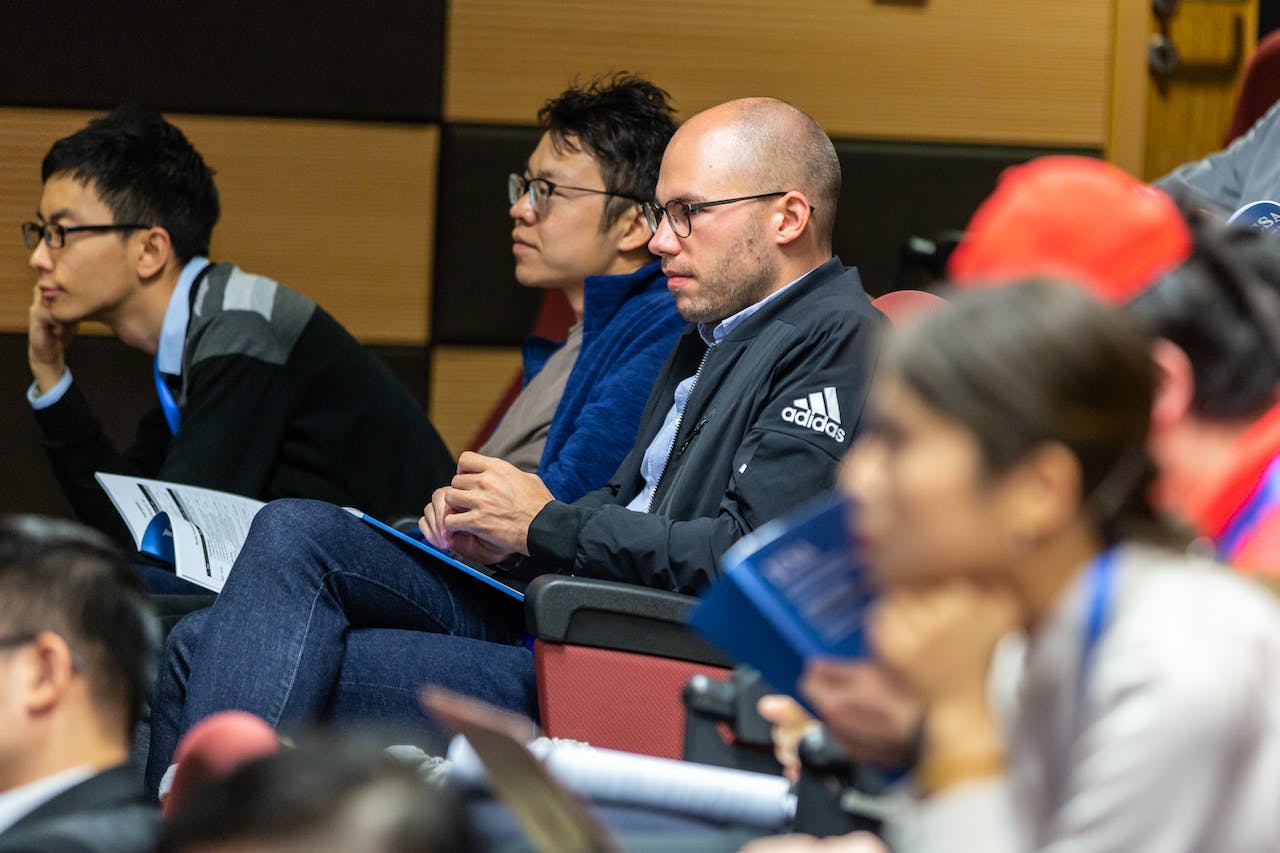
Revolutionizing Education: The Rise of Online Learning Platforms and MOOCs
- Last Updated - 04/14/2024 - 11:54 AM
- Universities

In the last few times, the world of higher learning has changed due to the rise in online education platforms as well as Massive Open Online Courses (MOOCs). These new digital platforms have revolutionized access to education and provided students all over the world the chance to take part in top-quality courses from top universities at their speed and in their way. While online education continues to expand the impact it has on traditional US institutions is profound changing the way that pedagogy is taught expanding the accessibility to education and challenging the traditional notions of academic qualifications. Join us as we look at the growing popularity in popularity of platforms for online education as well as MOOCs and their sweeping impacts on US universities.

1. Expanding the access to education
One of the biggest effects of MOOCs and online learning platforms is their capacity to broaden access to education for students regardless of place of residence, socioeconomic status, or education level. In removing the barriers to admission democratizing education and making it accessible and affordable to millions of learners around the world. Students have access to a vast selection of courses and education resources from top US universities, enhancing their learning experience and improving their knowledge and skills.
2. Convenience and Flexibility
MOOCs and online learning platforms give learners a wide range of freedom and flexibility which allows them to engage in their studies from any location with an internet connection at their speed. Students can modify their learning experience, selecting the time and place they study based on their personal schedules and personal preferences. This flexibility is especially beneficial for professionals working full-time as well as adult learners and people with families or other commitments who may not be capable of attending traditional on-campus classes.
3. Innovation in Pedagogy
The increasing popularity of online education platforms has prompted innovations in pedagogy at US universities, causing teachers to investigate new methods of instruction and technology to improve students’ engagement and learning outcomes. Blended learning methods that blend in-person and online instruction are getting more and more well-liked, allowing teachers to take advantage of the advantages of each method to create interactive and dynamic learning experiences. Online platforms also provide opportunities to adapt learning and provide customized feedback, and analytics based on data to track students’ improvement and performance.
4. Accreditation and Credentialing
As MOOCs and online learning platforms are gaining recognition and credibility There have been questions regarding their impact on the traditional concepts of academic qualifications and accreditation. Although MOOCs do not typically provide formal academic credit Many platforms offer microcredentials or certificates of the ability to master specific subjects or skills. Certain US institutions have begun to integrate online courses into their degree courses, allowing students to earn credit towards a degree by learning online. However, there are still concerns about the quality and accuracy of online learning and the need for robust accreditation and assessment mechanisms to verify the legitimacy of the credentials.
5. The Challenges as well as Opportunities of US Universities
The growth in the number of platforms for learning on the internet brings challenges and potential as well for US universities. While online learning provides the potential to connect with new audiences, diversify revenue streams, and improve education offerings However, it also brings issues about faculty workload as well as intellectual property rights as well as academic integrity. Universities are faced with the challenge of addressing issues regarding the importance of online education in their mission as institutions as well as how to integrate online courses in traditional degree programs and the necessity for continuous professional training as well as support for faculty and staff.
Conclusion
The rising popularity of MOOCs and online learning platforms represents a paradigm change in higher education with significant consequences for US universities. As the platforms continue to evolve and expand their reach Universities must change their strategies to meet the evolving requirements and expectations of learners in the age of technology. By embracing the latest innovations in pedagogy as well as expanding the accessibility to education and navigating the challenges of accreditation and credentialing, US universities can harness the power of online learning to further their goal of promoting lifetime education, excellence in academics, and global participation.
You might like these..
Randomly chosen articles that you might like.

Cultivating Change: The Vital Role of Universities in Promoting Sustainability and Environmental Consciousness
Universities play an integral role in shaping the beliefs behavior, values, and behaviors of the next generation. In an age of

Best Data Science Course Online in India 2024
Introduction: Data is now the currency of innovation and progress in the age of digitization. A record of every transaction, click,

The Pinnacle of Education: Why USA Universities Stand Out Globally!
In the vast landscape of higher education, USA universities emerge as beacons of excellence, attracting students from every corner of

Choosing the Best University in USA: A Guide to Select the Top USA Universities.
Choosing the best University in USA is a crucial choice that will have a big impact on your educational journey

How to Apply to Any University in USA, Super easy, very simple, and effective.
You can successfully navigate the application process to University in USA with a little planning and attention. Here is a guide

Anyone from India can apply to USA Universities. Yah! It’s easy.
Yes, individuals from India can certainly apply to USA Universities. The application process for U.S. universities can be competitive and

USA Universities are great in terms of Sports as well as education. Yes, You heard it right!
The perception that USA Universities are great in terms of education and sports is shaped by several factors. Here are

Best Universities in USA, You can apply. Yes, it’s correct.
Determining the Best Universities in USA can depend on various factors such as academic programs, faculty expertise, resources, location, and

USA Universities are not good, Is this correct? discuss.
USA Universities are home to many prestigious universities and research institutions that are globally recognized for their academic excellence and

How to apply at Top Universities 2023, follow these steps.
Applying to Top Universities 2023 in USA typically involves several steps. Here’s a general guide to help you through the

You should not do this If you get a chance to USA university. Try them now!
Starting university in a new country, especially the United States, can be an exciting but challenging experience. Here are some

Most Common Mistakes while searching for a new University in the USA, Stay Safe.
While searching for University in the USA, students may make common mistakes that can impact their decision-making process and overall

Why does everyone blindly trust Universities in USA?
While it may not be accurate to say that everyone blindly trusts Universities in USA, there are several reasons why

USA Universities are not good! Says the expert, is that correct?
Certainly! Here’s a more detailed exploration, broken down into Reality of USA Universities, to provide a comprehensive understanding of the

Why and how USA universities become so Popular? Something wrong here.
The popularity of USA Universities can be explained in simple terms through a variety of factors. Let’s break it down:

New Academic Updated! USA Universities are not evolving?
USA Universities are constantly innovating and developing new academic programs to meet the evolving needs of students and the demands




